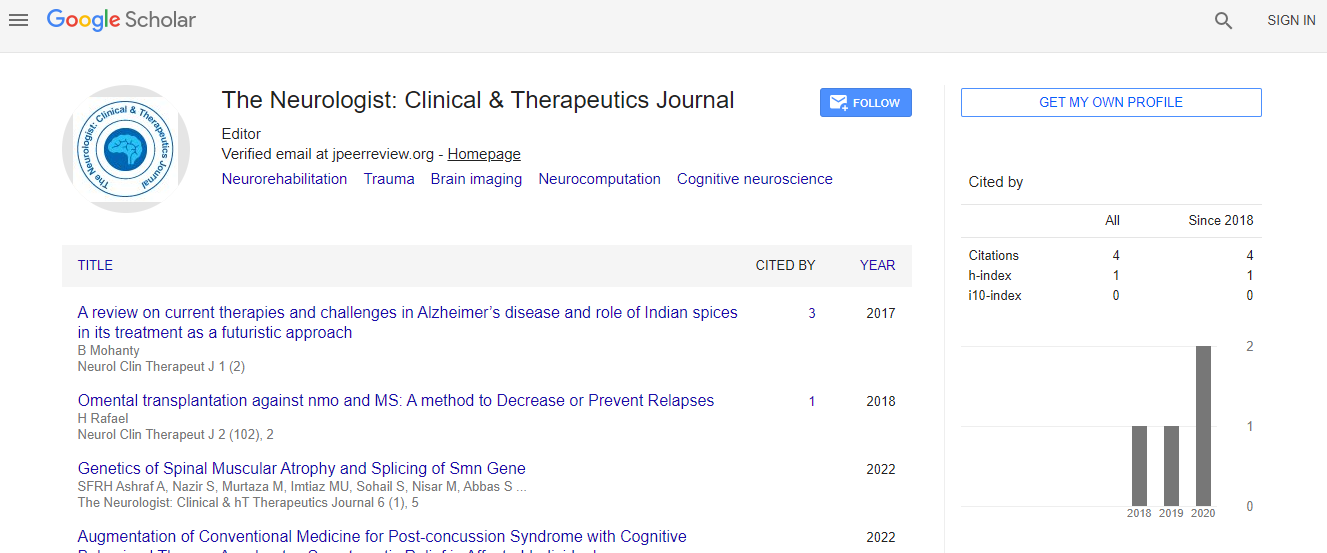Untangling the relationship between physical capacity and physical activity in people with dementia
*Corresponding Author:
Copyright: © 2020 . This is an open-access article distributed under the terms of the Creative Commons Attribution License, which permits unrestricted use, distribution, and reproduction in any medium, provided the original author and source are credited.
Abstract
Physical capacity (PC) is an important determinant for physical activity (PA). Nevertheless, an increase in PC does not imply a more physically active lifestyle but the relationship between these two domains is still unknown in people with dementia. We explored the relationship and the distribution of people with dementia across the four quadrants of PC and PA levels.
An exploratory cross-sectional study with community-dwelling people with dementia was conducted. PA was assessed with accelerometery. Participants wore the device for 7 consecutive days during waking hours on the right side of their hip. Data of at least 4 days and minimum of 8h/day were used for analysis. PC was measured with the 2 Minute Step Tests (2MST). Receiver operating characteristic curve was performed to establish a cut-off point for 2MST able to discriminate physically active from non-physically active people with dementia. Correlations were explored with the Spearman Correlation Coefficient.
Twenty-five people with dementia (79 [72-83] years old; 16[64%] female) participated in this study. A cut-off of 34 steps was found for the 2MST (91.7% (95%CI 61.5-99.8%) sensitivity and 69.2% (95%CI 38.6-90.9%) specificity). Significant, moderate and positive correlations (rs=0.66; p<0.001) were found between PC and PA.
In this study, people with dementia who presented low or high PC were also low or high physically active, respectively. Future studies with larger samples should be conducted to corroborate these results, exploring other characteristics of participants and to understand their influence on physically active lifestyle behaviour in this population.

 Spanish
Spanish  Chinese
Chinese  Russian
Russian  German
German  French
French  Japanese
Japanese  Portuguese
Portuguese  Hindi
Hindi 